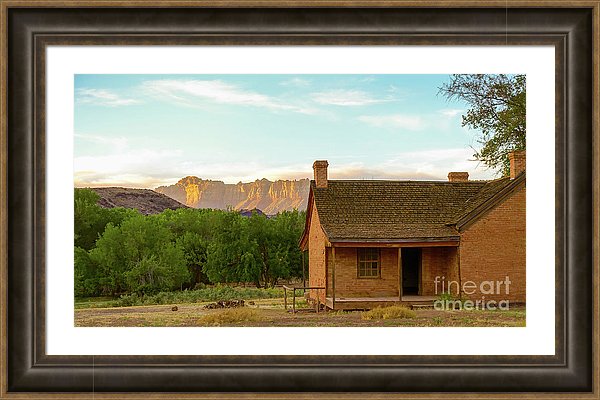The best camera to use is the one you have and with Sony’s RX100 line of powerful pocket cameras it is easy to all ways have a great camera with you.
Currently, Sony is on the sixth version of the RX100 but from the start of the line, these cameras have been built around a large one-inch sensor.
Canon has taken its professional pocketable camera in a different direction. Built around a sensor three times as large as the Sony RX 100s, the newest version of the Canon G1X line, the Mark III, the design resembles a DSLR with a viewfinder hump and more tactile controls, a fully articulating LCD screen, weatherproofing and a hot shoe.
In practice my wife has the Sony RXIII and took this great photograph of a ghost town outside of Zion National Park in Utah.
My wife wanted a easy to use and highly portable camera basically for social media usage. I wanted to give her a good quality camera for taking the occasional fine art and sell-able shot. When I’ve used the camera, I’ve found the Sony controls and menus not to be user friendly and the focus points difficult to use. When I’m processing my wife’s shots, I often find a lot of unusable images as the focus point is off or she’d had it on Auto and the aperture is so high the Depth of Field is too shallow. I’ve also noticed that the dynamic range is limited. Clouds are typically blinking as over-exposed when I look at the files in Adobe Lightroom. So the camera is capable of taking sell-able fine art photographs but you really have to work at it.
The Canon is not as portable i.e. you can’t stick it in a jean pocket, but as a travel camera, it provides just about every feature you’d want except for the ability to switch lenses.
Cameras mentioned in this post:
Sony’s latest version the RX100 VI. Older versions will be less expensive, the original can be had for under $400.
Canon’s G1X Mark III – larger sensor, waterproof, better Canon controls, hot shoe.
